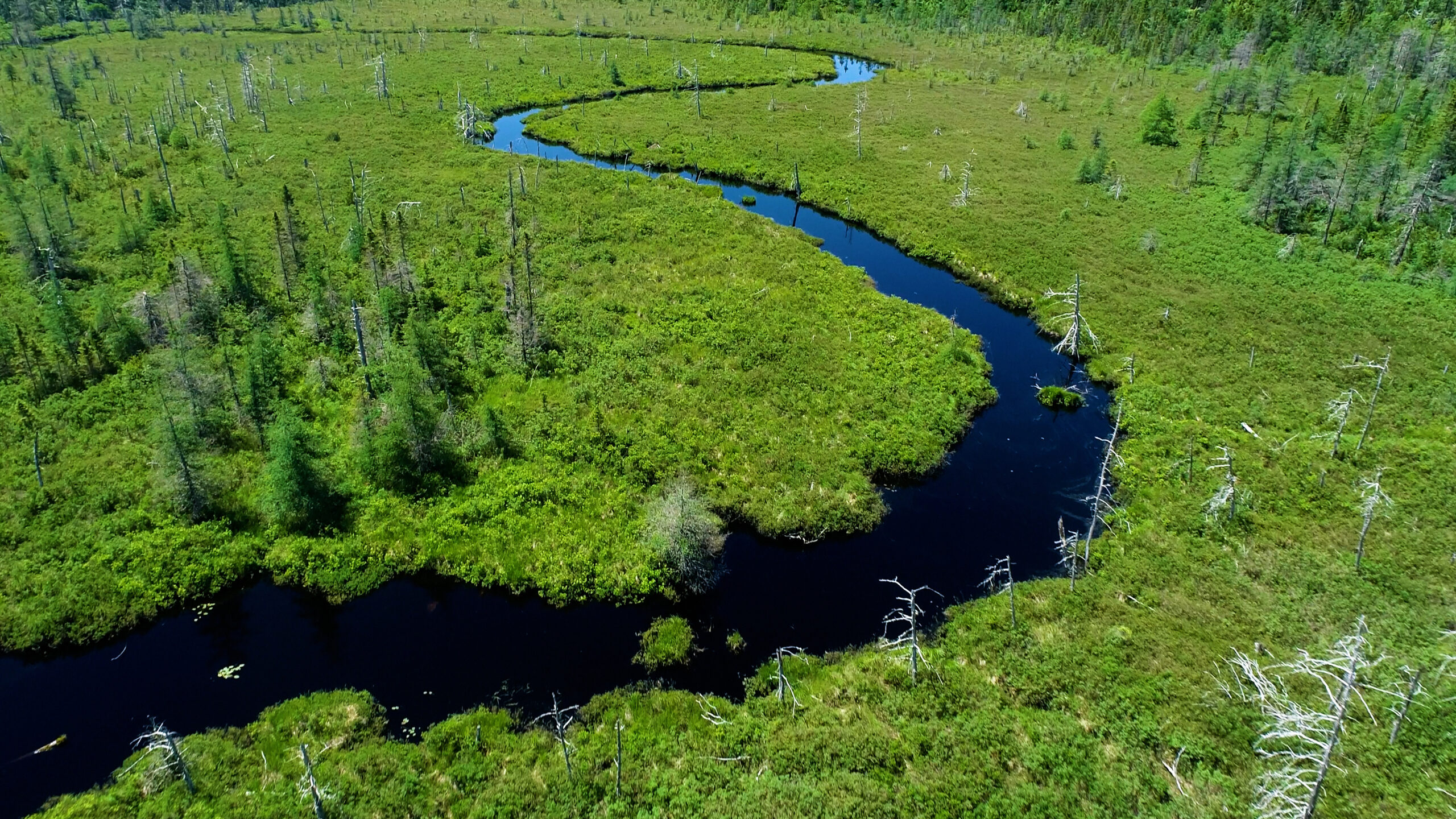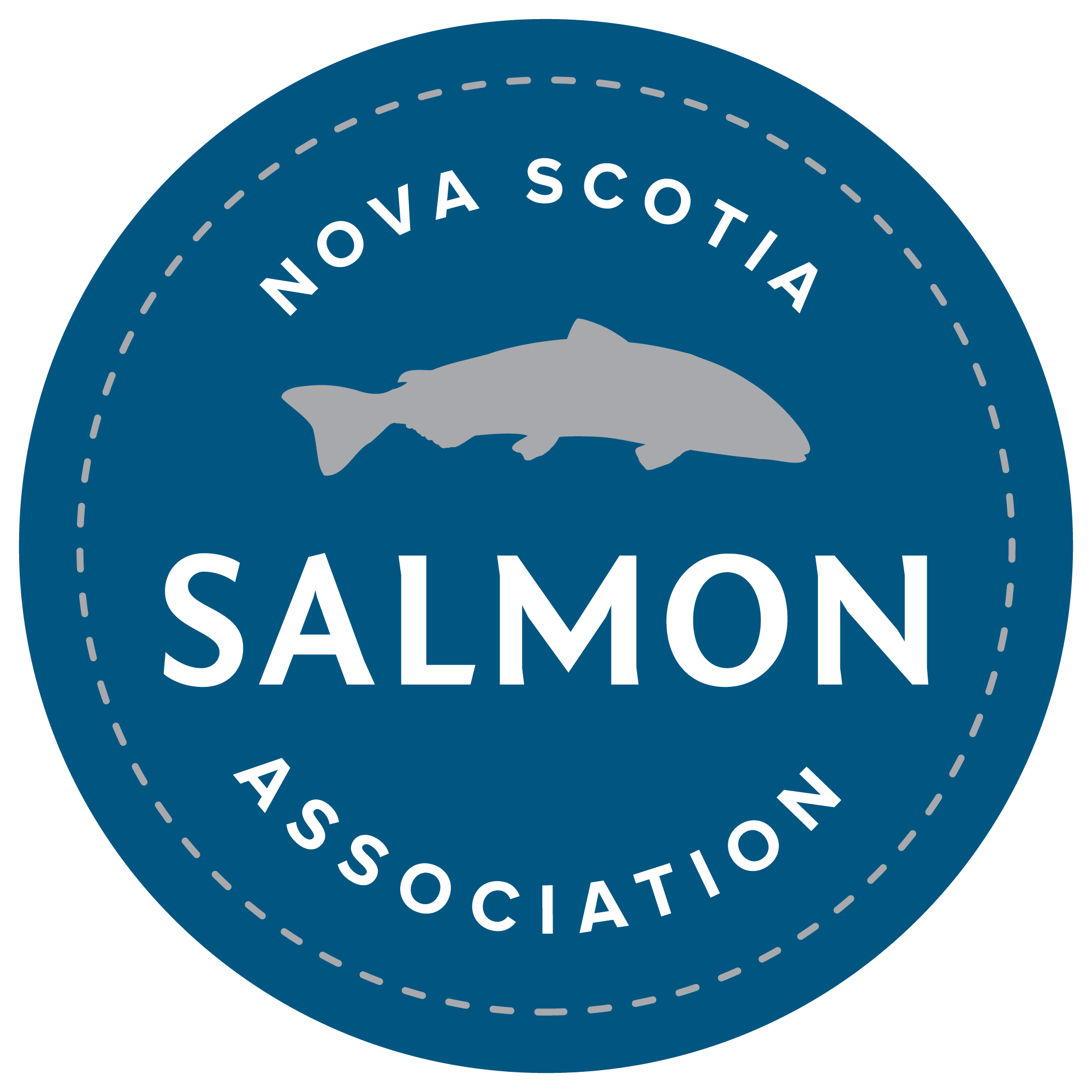
Restoring Aquatic Connectivity in Nova Scotia
Aquatic connectivity is essential for healthy river ecosystems. It refers to the natural, uninterrupted movement of water, sediment, nutrients, and critically, fish and other aquatic species through river systems. In Nova Scotia, this connectivity has been severely disrupted by hundreds of poorly designed or aging road crossings, culverts, dams, and other human-made barriers. These obstructions fragment watersheds, block fish passage, and limit access to critical spawning and rearing habitat for native species like Atlantic salmon and brook trout.
At the Nova Scotia Salmon Association, we tackle this challenge head-on using the best available science, strong local partnerships, and proven restoration methods. Our work through the Adopt A Stream program has reconnected thousands of kilometres of vital habitat by removing or upgrading fish passage barriers across the province. From replacing undersized culverts with naturalized stream crossings, to assessing and prioritizing barriers at the watershed scale, our teams are making lasting, science-driven improvements to Nova Scotia’s watersheds.
This work benefits more than just salmon and trout – it supports entire ecosystems, improves climate resilience, and strengthens biodiversity. But with so many barriers still in place, there’s much more to do. Expanding this work requires sustained resources, collaboration, and community engagement.
Every restored connection is a step toward healthier rivers, more resilient fish populations, and a brighter future for wild Atlantic salmon and trout.
